The Association of Southeast Asian Nations (ASEAN) predicts that AI could help boost the region's gross domestic product (GDP) growth by 10% to 18%.
 |
| Investment and interest in AI in ASEAN is growing, bringing many promising opportunities. (Source: iStock) |
According to the e-Conomy SEA 2024 Report by Google, Temasek and Bain & Company, Southeast Asia attracted more than $30 billion in investment in artificial intelligence (AI) infrastructure in the first half of 2024. Since January 2023, tech giants including Microsoft, Google and Amazon have also committed more than $50 billion in AI investments in the region. The influx of investment reflects the growing recognition of Southeast Asia as a burgeoning hub for AI innovation – a shift that could boost the region’s economies .
The Association of Southeast Asian Nations (ASEAN) has predicted that AI could boost the region’s gross domestic product (GDP) growth by 10% to 18%, potentially adding up to $1 trillion by 2030. While these developments present promising opportunities, the region still faces a number of significant challenges. Southeast Asia needs to take concrete steps to unlock the potential of AI and position itself as the next global AI hub.
Private sector promotion
 |
| The influx of investment reflects growing recognition of Southeast Asia as a burgeoning hub for AI innovation. (Source: e-Conomy SEA) |
After recognizing the importance of AI, several Southeast Asian governments have developed national strategies, such as Indonesia’s National AI Strategy and Singapore’s NAIS 2.0, to integrate AI into various sectors. Singapore has also invested $70 million to develop models that are culturally appropriate for the region, among other efforts.
At the regional level, ASEAN has launched initiatives such as the ASEAN Guidelines on AI Governance and Ethics and established the ASEAN Working Group on AI (WG-AI) to promote collaborative efforts and ethical use of AI across member states.
Furthermore, the Digital Economy Framework Agreement (Defa) is also expected to help promote cross-border data regulations in the region, potentially leading to more reliable and accurate AI systems.
In addition to government initiatives, the private sector has been driving AI adoption. A report titled “2024 e-Conomy SEA” compiled by Google, noted that 54% of AI projects progress from idea to production within 6 months and 71% deliver a Return on Investment (ROI) within 12 months. With incredibly short turnaround times, major tech companies in the region such as Gojek, Grab, and Lazada are leveraging AI in their businesses.
Obstacles to overcome
 |
| 61% of ASEAN youth aged 10-24 have not received formal digital training in school. (Source: Znews) |
While Southeast Asia has attracted strong investment in AI, the region still faces significant challenges. One of the main challenges is the lack of digital talent, with 61% of ASEAN youth aged 10-24 having not received formal digital training in school.
This deepens the digital divide and reduces the region's competitiveness in attracting AI investment.
There are also large disparities in AI readiness across Southeast Asian countries, with only Singapore, Malaysia and Thailand scoring above the Asia-Pacific average, creating barriers to cross-border development and leading to regulatory disparities, particularly in data governance and cybersecurity.
While AI brings enormous benefits, it also poses challenges that could threaten the region’s energy transition and sustainability goals. One obvious example is the surge in investment in data centers, driven by the development of AI, which could put increased strain on the region’s resources and undermine efforts to reduce energy intensity by 32% by 2025.
To fully exploit the potential of AI and position Southeast Asia as a global AI hub, the region needs a unified and strategic strategy.
Source





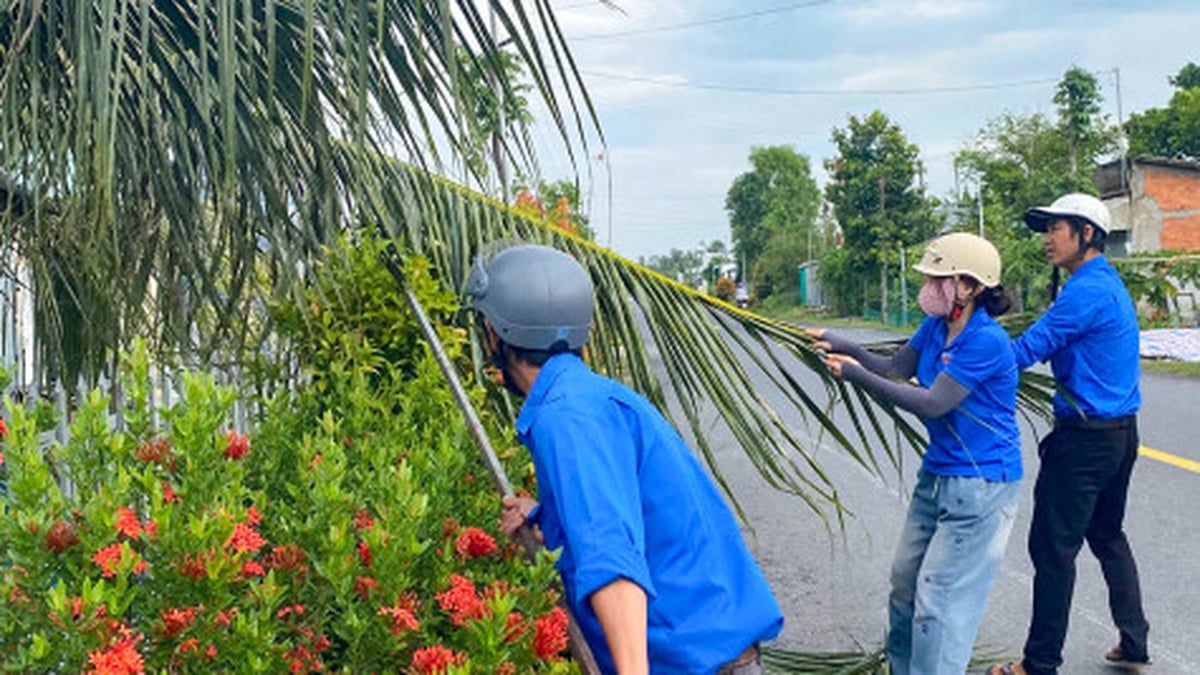

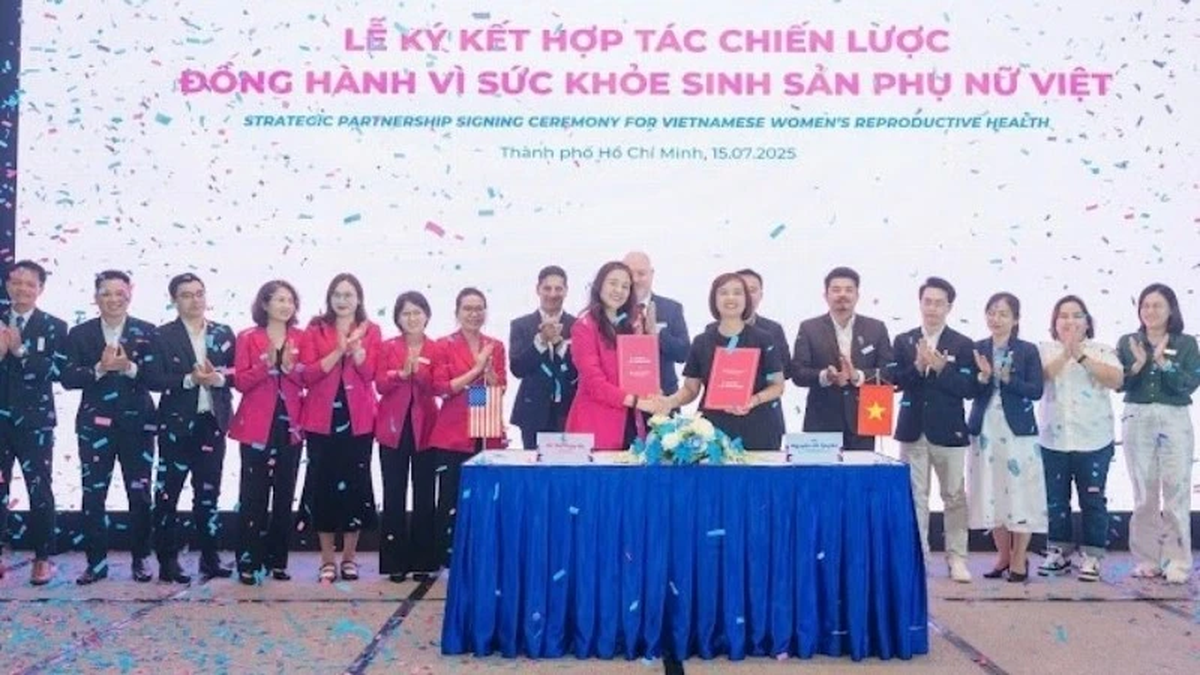
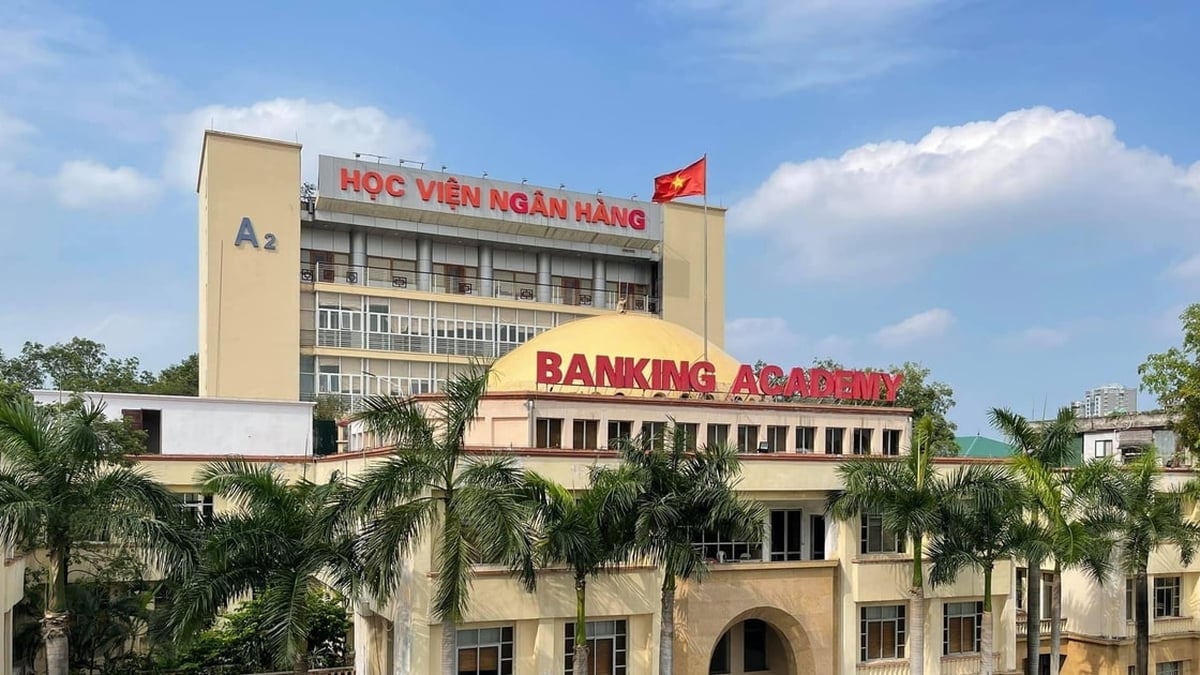
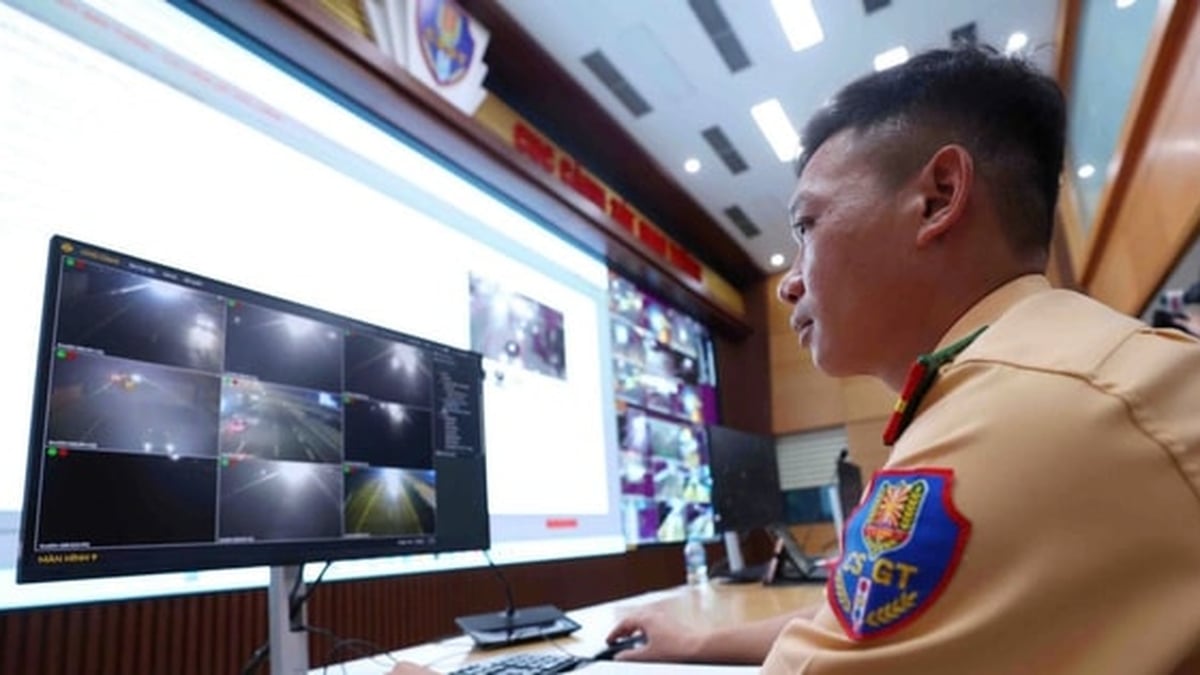




















































![[Maritime News] More than 80% of global container shipping capacity is in the hands of MSC and major shipping alliances](https://vphoto.vietnam.vn/thumb/402x226/vietnam/resource/IMAGE/2025/7/16/6b4d586c984b4cbf8c5680352b9eaeb0)






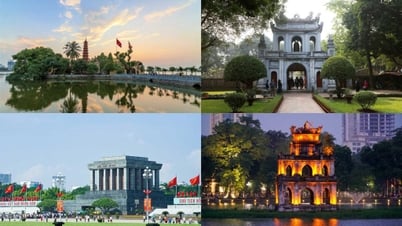



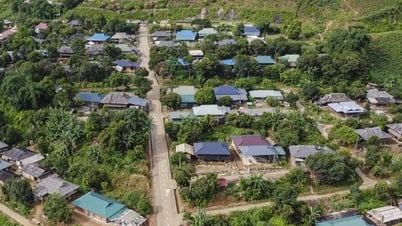



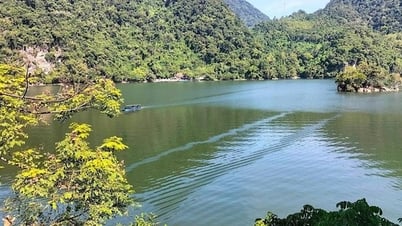























Comment (0)